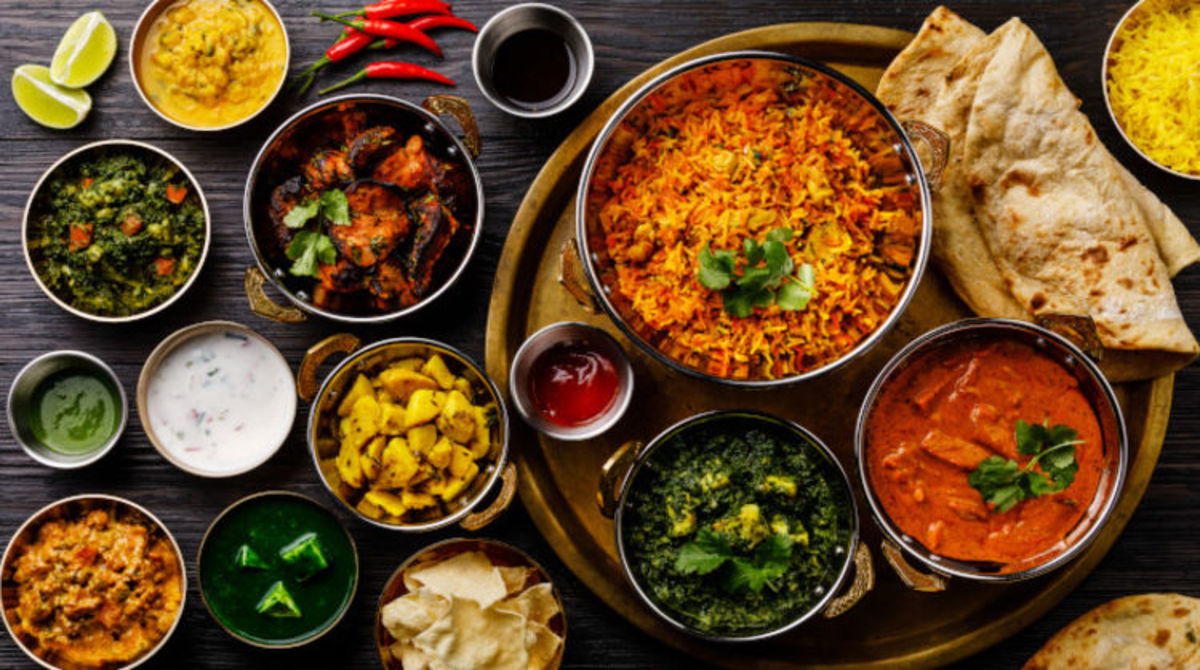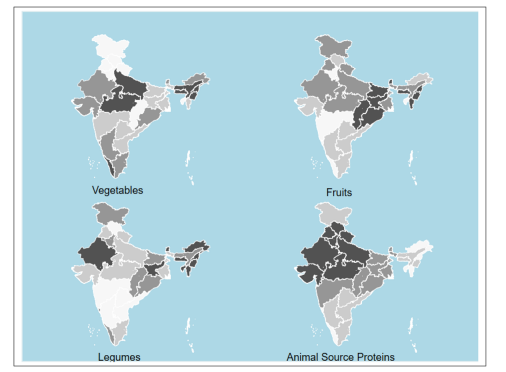What India eats is what India is!
July 13, 2022

We all know how critical nutrition is for health and wellbeing. Food and nutrition are imperative for optimal physical and mental growth and development, to fight off infections, and to remain healthy overall. But what happens if we don’t get the right kind of nutrition? Rising trends in non-communicable diseases like Diabetes, Obesity, High Blood Pressure and Cancer, worldwide are proof that inadequate nutrition can have detrimental effects— both, due to the quantity as well as the quality of food that we consume.
Unhealthy diets pose a greater risk of morbidity and mortality than alcohol, drug, and tobacco use combined.
A recent study (A comparison of the Indian diet with the EAT-Lancet reference diet by Manika Sharma, Avinash Kishore, Devesh Roy and Kuhu Joshi) conducted in the Indian context brought to light some key points that we can relate to the rising incidence of NCDs in India. The study compares the proportional calorie (daily per capita) shares of the food groups in the EAT-Lancet reference diet with similar food groups in Indian Diets. This helps map the type of diet Indians follow.
Summary of key findings of the study:
The average calorie intake/person/day in both rural (2214 kcal) and urban (2169 kcal) India is less than the reference diet (2500 kcal). This may be related to the fact that the reference diet is developed for individuals with moderate-to-high levels of activity, whereas available studies estimate high levels of inactivity amongst Indians.
A Lancet study looking at trends of insufficient physical activity between 2001 and 2016 suggested that 34% of Indians are not sufficiently engaged in physical activity. Higher caloric intake coupled with low physical activity contributes majorly to NCDs.
Almost half of the daily calories (47%) are derived from carbohydrates with the numbers going as high as 70% in rural areas. High subsidies on rice and wheat through the public distribution system and active management of the markets to keep market prices of cereals at low levels incentivize people to eat more rice and wheat. However, analysis shows that low affordability is not the sole reason for high cereal consumption. In rural areas, even the richest families eat more than recommended quantities of cereals and not enough fruits and vegetables.
Just 7% of daily calories come from Protein as compared to the recommended 29%, even though the majority of Indians now identify themselves as non-vegetarian (about 70%). Even the richest 5% of households consume too little protein-rich food and too much-processed foods.
Most Indians, except the richest ones in urban areas, do not consume enough fruits. The average consumption of calories from fruits is less than 40% of what EAT-Lancet recommends.

Figure 1. Caloric intake deficit of vegetables, fruits, legumes and animal source proteins compared to reference diet. The darker colour depicts a higher calorie difference between actual consumption and reference diet. Source: BioMed Central Health Publications.
6. Indians, in general, consume less of the healthier oils & fats and more of the unhealthier saturated fats like palm oil.
7. The consumption of vanaspati (partially hydrogenated vegetable oil*) is known to have risen by 51% between 1993 and 94 and 2011–12 and it is widely used for cooking at home, in restaurants, by street vendors, and in the preparation of processed foods. *Partially hydrogenated vegetable oils contain Trans fats which lower good cholesterol and increase bad cholesterol in the body, thereby increasing the risk of heart diseases.
8. 30% of the diet of rich urban people consists of processed foods (packaged food like savouries (namkeens), bakery items, chips, chocolates, jams, jellies, ice cream, sugary beverages, and other food consumed outside of the home). An average Indian household consumes more calories from processed foods than fruits.

9. Indian diets are unhealthy also because healthier calories are more expensive and their inflation is rising faster than cereals and edible oils.
10. Overall, dietary risks were responsible for 22% of all deaths and disabilities amongst adults.
From the summarized points, we can conclude that diets low in fruits, vegetables, and whole grains but high in salt, sugar, and fat are responsible for India’s increasing disease burden.
Unhealthy diets are major contributors to persistently high levels of undernutrition (including micronutrient deficiencies) and rising levels of overweight and obesity in India.
References
A comparison of the Indian diet with the EAT-Lancet reference diet by Manika Sharma, Avinash Kishore, Devesh Roy and Kuhu Joshi https://bmcpublichealth.biomedcentral.com/articles/10.1186/s12889-020-08951-8

Saayma Rizvi (BSc in Food Science and Nutrition)
